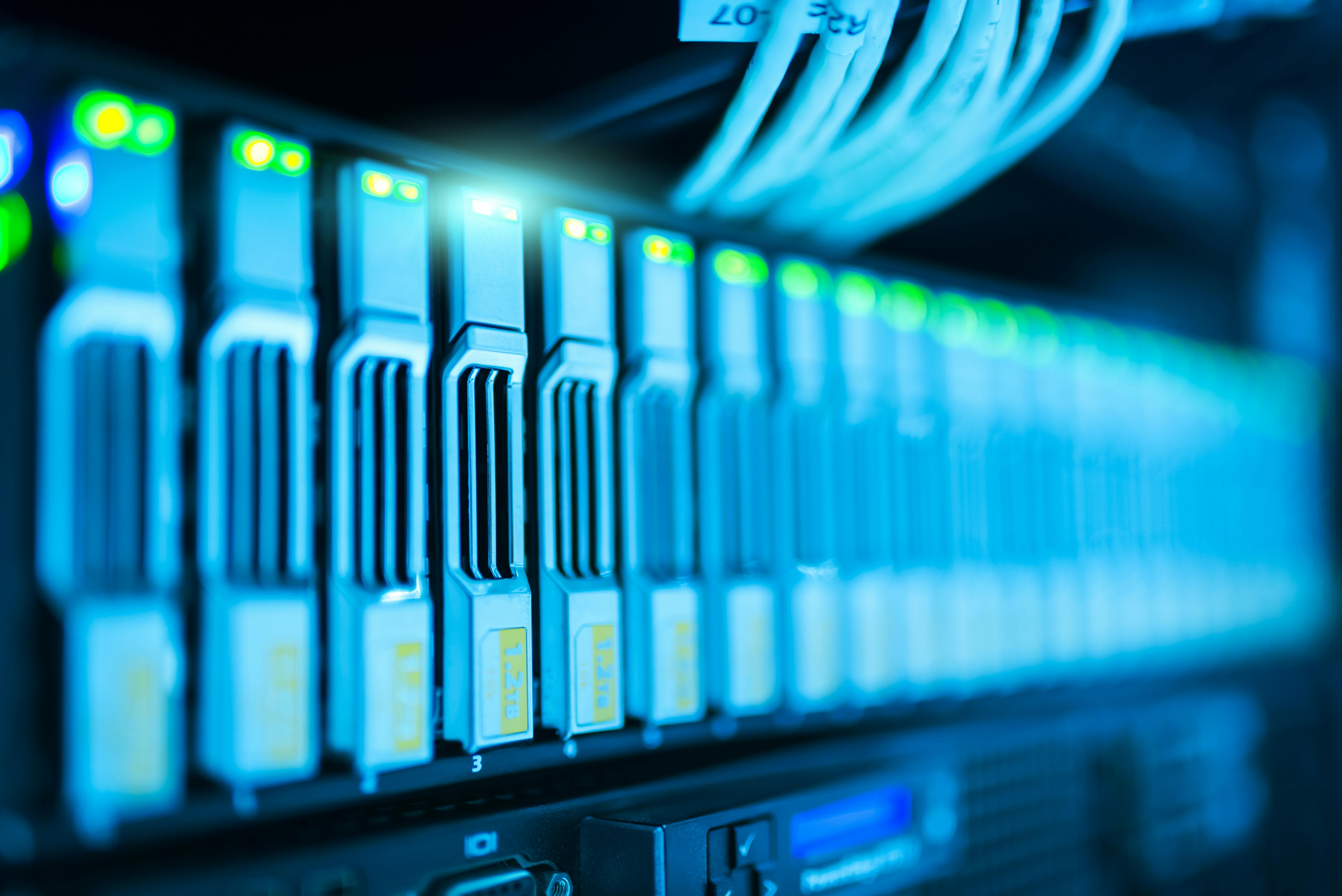Diving into the Depth of Digital Art: The New Era of Creativity
Immerse yourself in the world of digital art—an innovative creative sphere that is revolutionizing the way we interact with and experience art. Discover the historical roots, recent developments, and how this art form is shifting the traditional artistic landscape.

The Birth of Digital Art
Digital art, while a relatively new field, has strong historical roots. It evolved from the early experiments of artists who began exploring the potential of technology in the 1960s and 70s. The art form truly took off with the advent of computer graphics and the democratization of software in the late 20th century. This enabled artists to break free from traditional mediums, opening a world of endless possibilities.
The Current Landscape of Digital Art
Fast-forward to today, and digital art has exploded into a diverse, vibrant, and highly influential field. Not only is it transforming the way art is created, but it is also reshaping how it’s distributed, consumed, and valued. The recent trend of Non-Fungible Tokens (NFTs) is a prime example. This digital asset has created a new market for digital art, allowing artists to sell their work directly to collectors and earn a rightful share of their work’s appreciation.
The Impact and Significance of Digital Art
The impact of digital art is profound. It democratizes art production, allowing anyone with a computer and software to become an artist. This has led to a surge of new voices and styles, diversifying the art world like never before. Moreover, digital art is interactive, immersive, and dynamic, creating novel ways to experience art. Its significance lies in its ability to bridge the gap between art, technology, and the audience, reshaping our understanding of what art can be.
Understanding the Reception of Digital Art
Like any new art form, digital art initially faced resistance from traditional art circles. However, as it continues to evolve and gain mainstream acceptance, the perception is changing. Today, digital art is showcased in major galleries and museums worldwide, and digital artists are gaining recognition for their innovative work. The recent sale of a digital artwork for $69 million at Christie’s auction house signifies this shift.
The Future of Digital Art
As technology advances, digital art is poised for even more exciting developments. Virtual Reality (VR) and Augmented Reality (AR) promise to take the interactivity and immersion of digital art to new heights. Meanwhile, the blockchain technology that powers NFTs could revolutionize art ownership, proving that digital art is more than a passing trend—it’s the future of art.
In conclusion, digital art is a fascinating, dynamic field that is redefining the boundaries of artistic expression. As it continues to evolve, it promises to keep challenging our understanding of art and its role in society.




